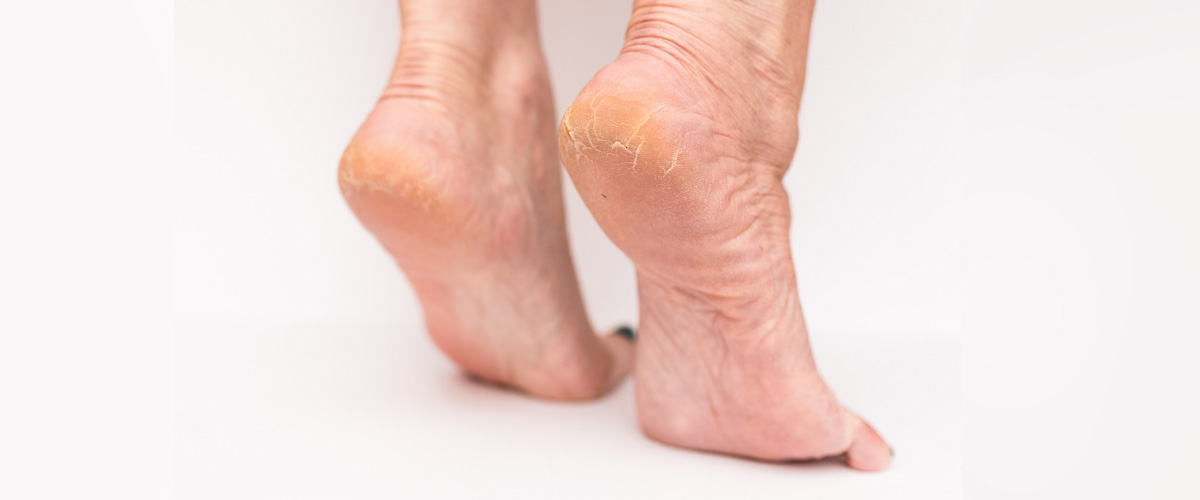Dry skin is a continuum, with symptoms ranging from mild roughness and flaking, all the way up to severe dryness causing deep cracks or fissures in the skin1. While milder forms of dry skin are typically accompanied by itch, cracking associated with moderate or severely dry skin is often painful and can have a significant impact on quality of life. In this article, we’ll discuss how and why skin becomes cracked, and what to do about it.
-
QV Dermcare Sting-Free Ointment With Ceramides
14 ReviewsQV Dermcare Sting-Free Ointment With Ceramides
14 ReviewsA Ceramide enriched sting-free ointment that helps support the skin barrier. Soothes cracked, dry skin.
-
QV Feet Heel Balm
4 ReviewsQV Feet Heel Balm
4 ReviewsContains a highly moisturising base that enables softening of the skin and intensive rehydration. QV Feet Heel Balm also promotes the turnover of tough skin to reveal new younger skin that is softer and more supple.


